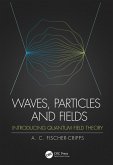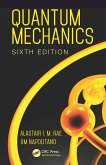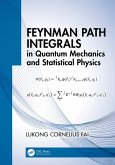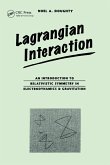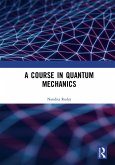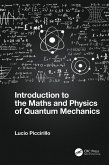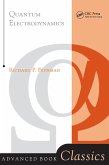This book fills a gap in the middle ground between quantum mechanics of a single electron to the concept of a quantum field. In doing so, the book is divided into two parts; the first provides the necessary background to quantum theory extending from Planck's formulation of black body radiation to Schrodinger's equation; and the second part explores Dirac's relativistic electron to quantum fields, finishing with an description of Feynman diagrams and their meaning.
Much more than a popular account, yet not too heavy so as to be inaccessible, this book assumes no prior knowledge of quantum physics or field theory and provides the necessary foundations for readers to then progress to more advanced texts on quantum field theory. It will be of interest to undergraduate students in physics and mathematics, in addition to an interested, general audience.
Features:
- Provides an extensive yet accessible background to the concepts
- Contains numerous, illustrative diagrams
- Presents in-depth explanations of difficult subjects
Dieser Download kann aus rechtlichen Gründen nur mit Rechnungsadresse in A, B, BG, CY, CZ, D, DK, EW, E, FIN, F, GR, HR, H, IRL, I, LT, L, LR, M, NL, PL, P, R, S, SLO, SK ausgeliefert werden.
Fischer-Cripps (formerly, Univ. of Technology, Sydney) presents the student with all the required mathematics in a succinct way. A brief discussion of vector space would have been a worthwhile addition. Those who have not previously seen scalars, vectors, and complex numbers need to do some serious work before venturing into this text, which only reviews these concepts. Readers with some acquaintance with the basics will learn the concepts, structure, and bases of the physics that is essential for an understanding of quantum field theory, leading to Feynman diagrams. This book can serve as an excellent text not only for students who plan to specialize eventually in high-powered theoretical physics, but also for those whose goal may be to work in nuclear physics, astrophysics, solid-state physics, and the like. All college libraries should own this work.
Summing Up: Highly recommended. Upper-division undergraduates. Students enrolled in two-year technical programs."
-V. V. Raman, emeritus, Rochester Institute of Technology in CHOICE, September 2020



